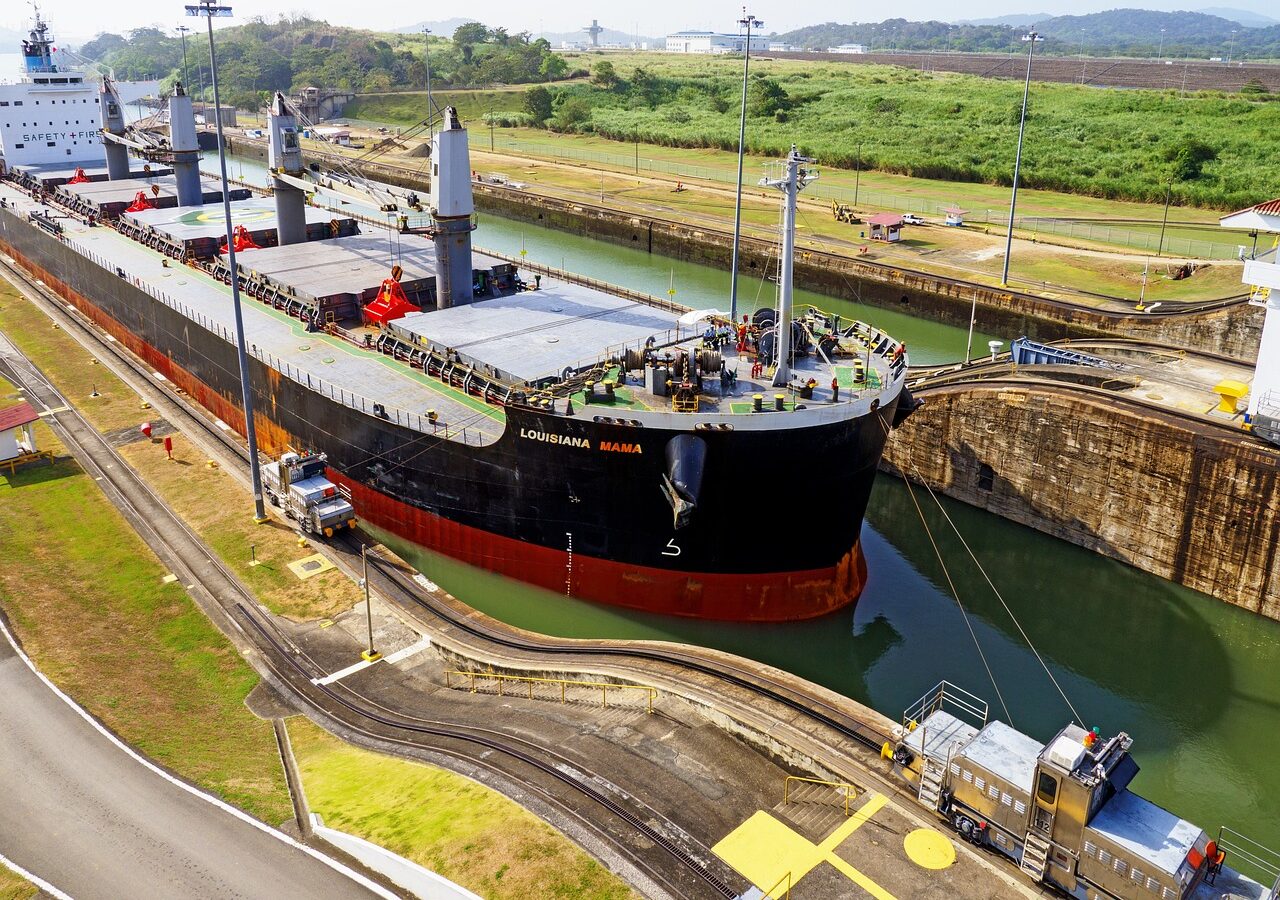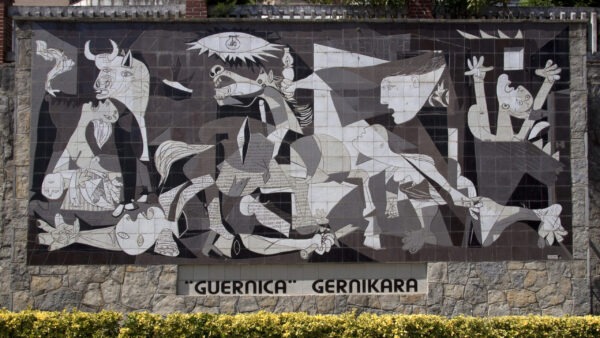How to go from New York to San Francisco without going around South America? By digging through rock: that’s how the Panama Canal was born in 1914.
Donald Trump has questioned the jurisdiction over the Panama Canal, threatening to take control of it. But who owns the artificial Canal, which connects the Atlantic and Pacific Oceans, built at the beginning of the twentieth century by the United States? In the 1970s, US President Jimmy Carter (1924-2024) signed an agreement to return the Canal to the State of Panama, but the treaty would not become effective until 1999.
Historical Origins
In unsuspecting times. Ferdinand Magellan (1480-1521) had just circumnavigated the globe from the Atlantic to the Pacific for the first time when, at the court of Charles V of Spain in 1523, an idea was already circulating: to build a canal in Central America to connect the two oceans, creating a shorter and safer route to the rich Spice Islands and the Indies.
The bare necessities. Only more than three centuries later, in 1881, Ferdinand de Lesseps, builder of the Suez Canal, began excavations on behalf of France. Technical and financial obstacles caused the project to fail, but it was revived in the early 1900s by US President Theodore Roosevelt (1858-1919), who was interested in its economic implications.
Technical Specifications and Operation
How it works. The artificial canal was dug at an elevation 26 meters higher than the level of the two oceans. The area crossed reached an altitude of 160 meters: to reduce the height difference first to 50 meters and then to 26, almost 80 million cubic meters of rock were removed.
Only in 1904 did the United States take over the colossal undertaking, opting for the construction of a lock canal that would rise to the remaining 26 meters and allow ships to overcome this height difference. Therefore, it was necessary to raise and lower ships through a system of locks: three locks raise ships up to the canal; another three lower them back to sea level. Here’s how it works:
The first lock chamber (the basin created by the gates) releases freshwater (100 million liters – equivalent to 40 Olympic pools – in 8 minutes) to match the level of the Caribbean Sea.
Second basin. When water levels are equal, the ship enters the first chamber. Once the sections are closed, water from the second basin is allowed to flow into the first sector to “raise” the ship.
Third basin. Once the first and second sectors are leveled, the latter receives the ship. The process is repeated the same way to enter the third basin, through which access is gained to Lake Gatún, the artificial heart of the canal. After that, ships “descend” toward the ocean through three more chambers.

Originally posted 2025-01-10 13:10:45.




